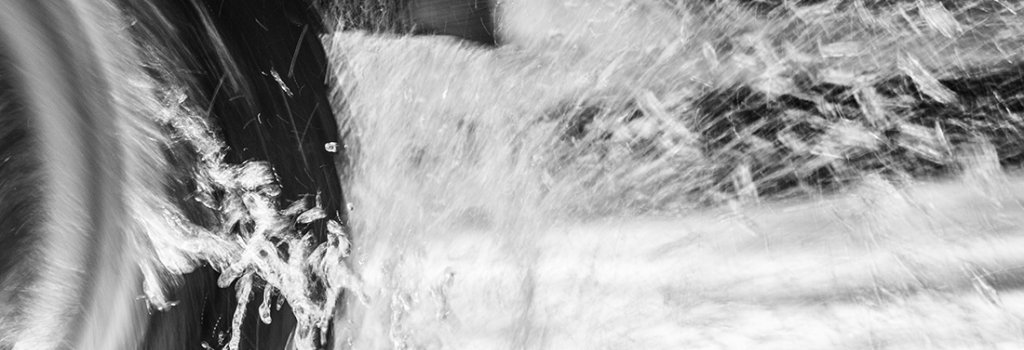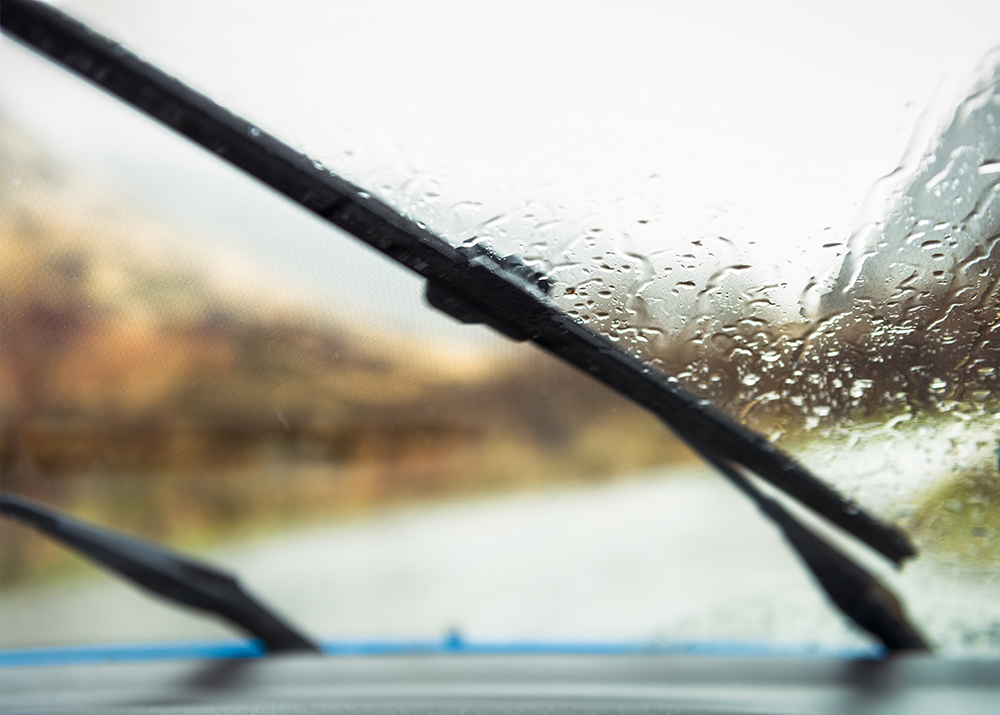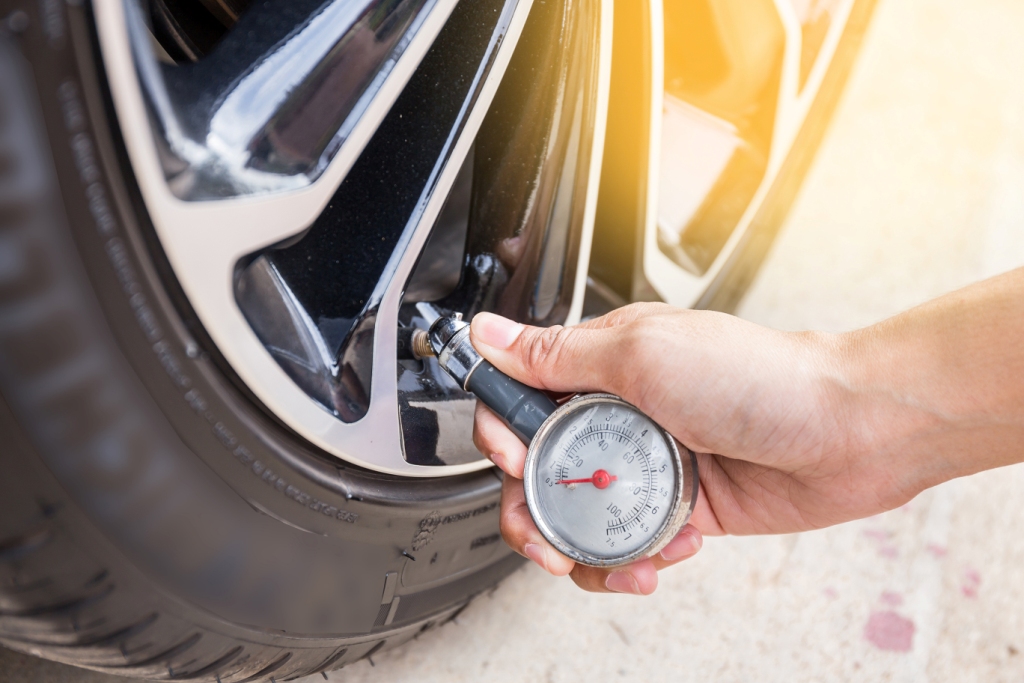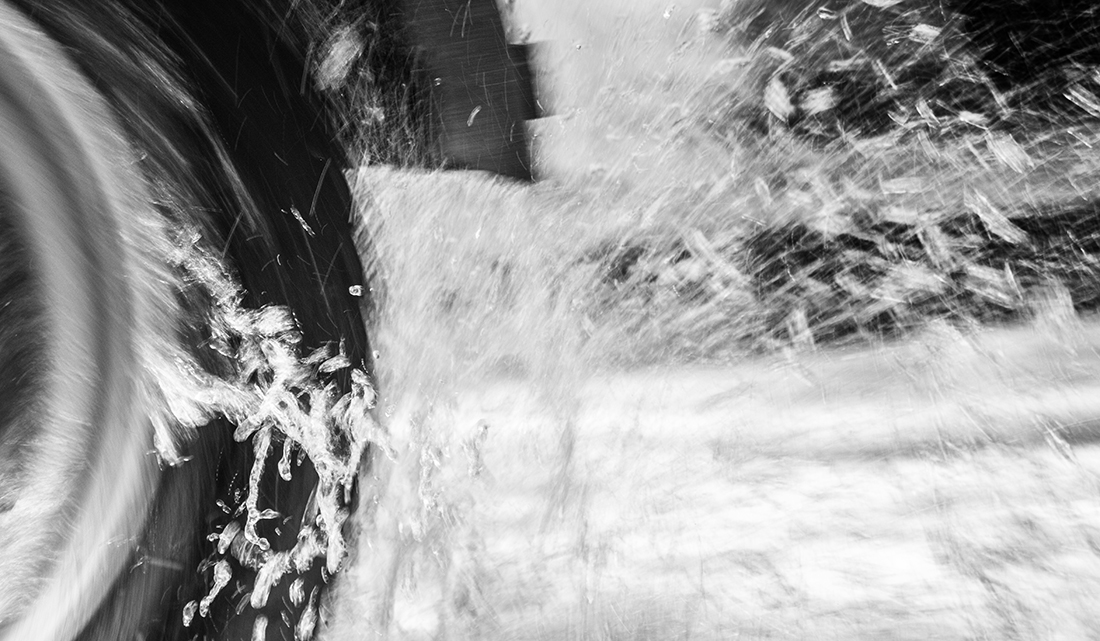Staying safe when driving on wet roads
Posted by LStevenson
on

Plan your route in advance
Roads could be more congested than usual and you’ll have to drive slower, so you may want to consider setting off earlier. You might find it useful to check your route, and stay updated on the weather using the Met Office website. There is also the Flood Information Service where you can view flood warnings in your area. You can even set up 'Floodline' alerts online at the Environment Agency.
Are your wiper blades in good condition?
If your wipers are dirty or worn out they may not work properly, which could put you at risk when driving in heavy rain. You might also want to check if your washer bottle has enough cleaning solution.Should I drive slower than usual?
Yes, if your visibility is affected by heavy rain then certainly drive slower than usual. That way you’ll have more time to spot potential hazards.
Have your tyres got enough tread?
Bald tyres combined with wet roads could be a dangerous combination. If your tyres are worn you could be at risk of aquaplaning (see below). It’s a good idea to check them before you set off if heavy rain is forecast. The minimum legal tyre tread depth for cars in the UK and Europe is 1.6mm across the central three-quarters of the tyre.How big a gap should I leave between the car in front, in heavy rain?
You should double the gap you would normally leave between you and the car in front–turn your 2-second gap into a 4-second gap. You can check your distance by timing how long the car in front of you passes a fixed object, such as a lampost, and counting the seconds it takes you to reach that object. Saying ‘1 Sheilas’ Wheels, 2 Sheilas’ Wheels…’ is a great way to count seconds.When should I use dipped headlights?
Dipped headlights cause as little glare as possible, but sometimes we need to use fog lights, or full beams in low visibility conditions (less than 100m - Highway Code rule 226). If you see another car approaching, switch back to dipped lights as soon as possible, as you could dazzle the driver.What should I do when I see standing water while driving?
If you see still floodwater, try to avoid it at all costs. On no occasion should you ever drive though floodwater deeper than 10cm or if it is moving.
What is aquaplaning?
Aquaplaning is when your tyres can’t displace the water in front of them fast enough so they begin riding on a layer of water. If you’re having trouble controlling the car with your steering, don’t brake suddenly, just ease off the accelerator and keep the steering wheel as straight as possible. You should then slow down gradually and regain contact with the road.Should I test my brakes after driving through water?
If your brakes get wet, they could become less responsive–this situation can turn dangerous quite quickly if you have to brake suddenly. After driving through water, it’s a good idea to test your brakes gently, where it is safe to do so.
